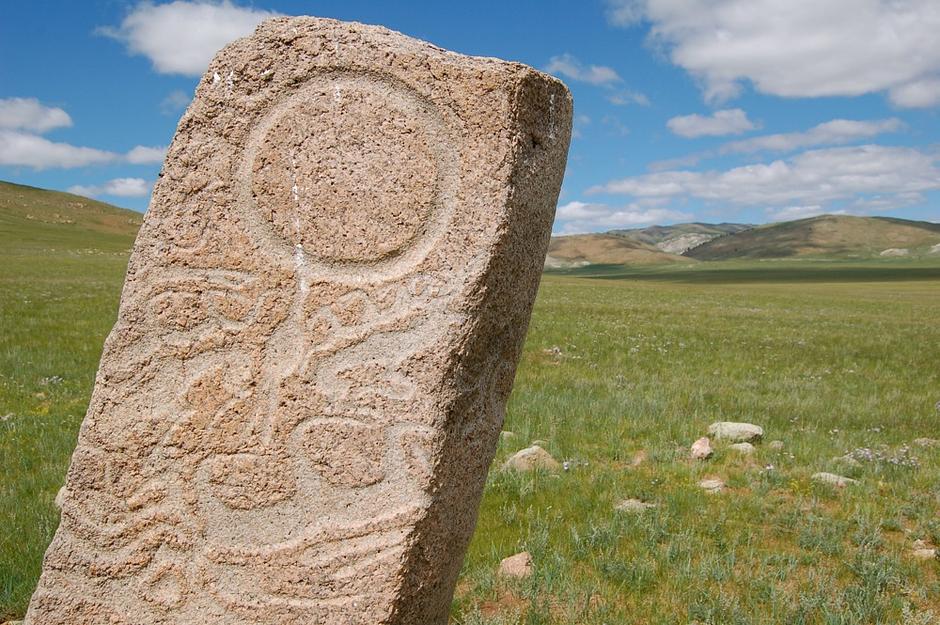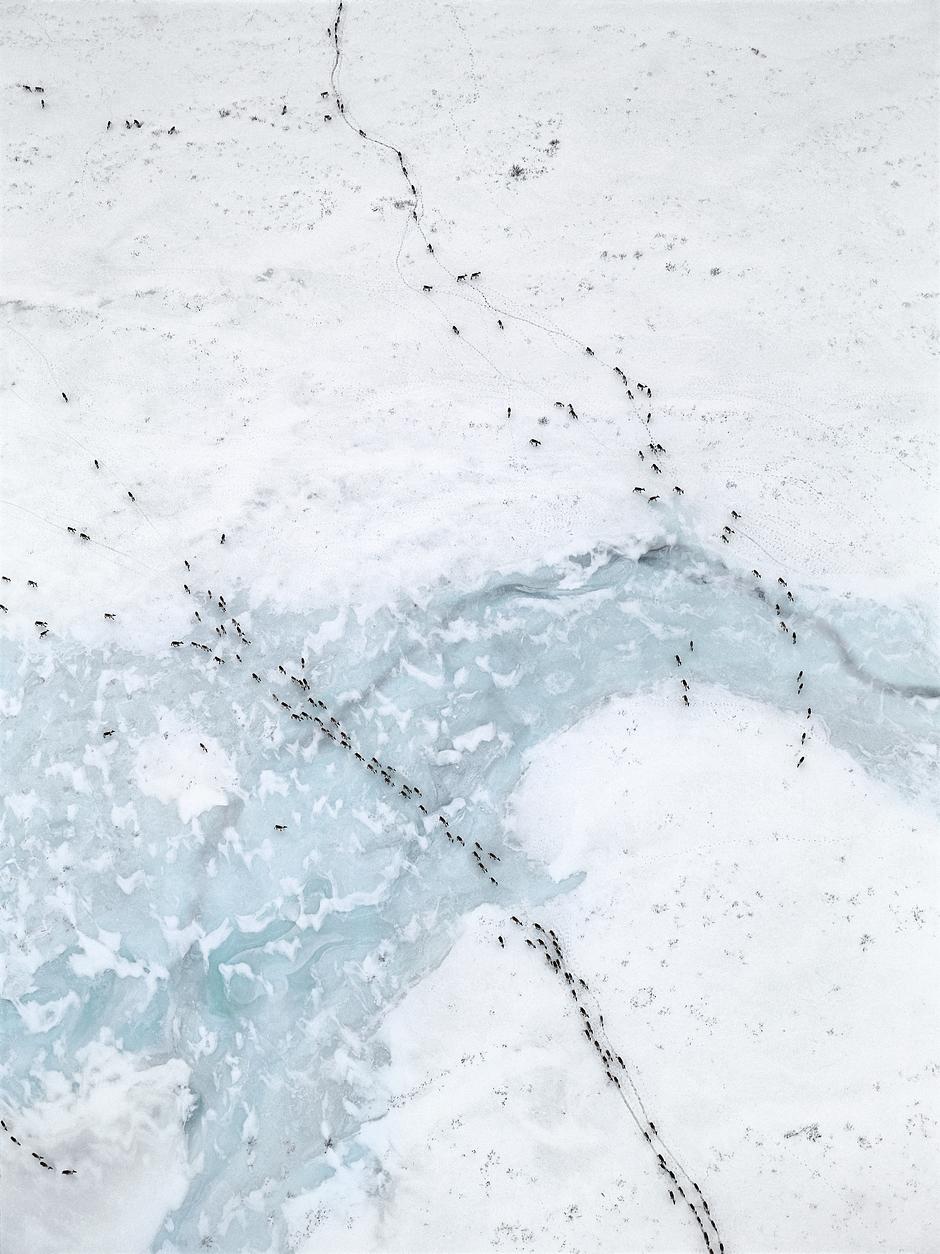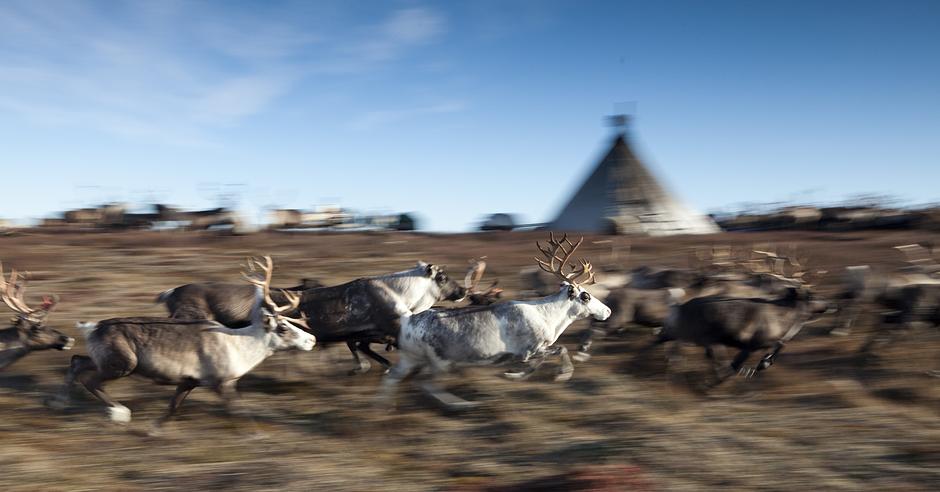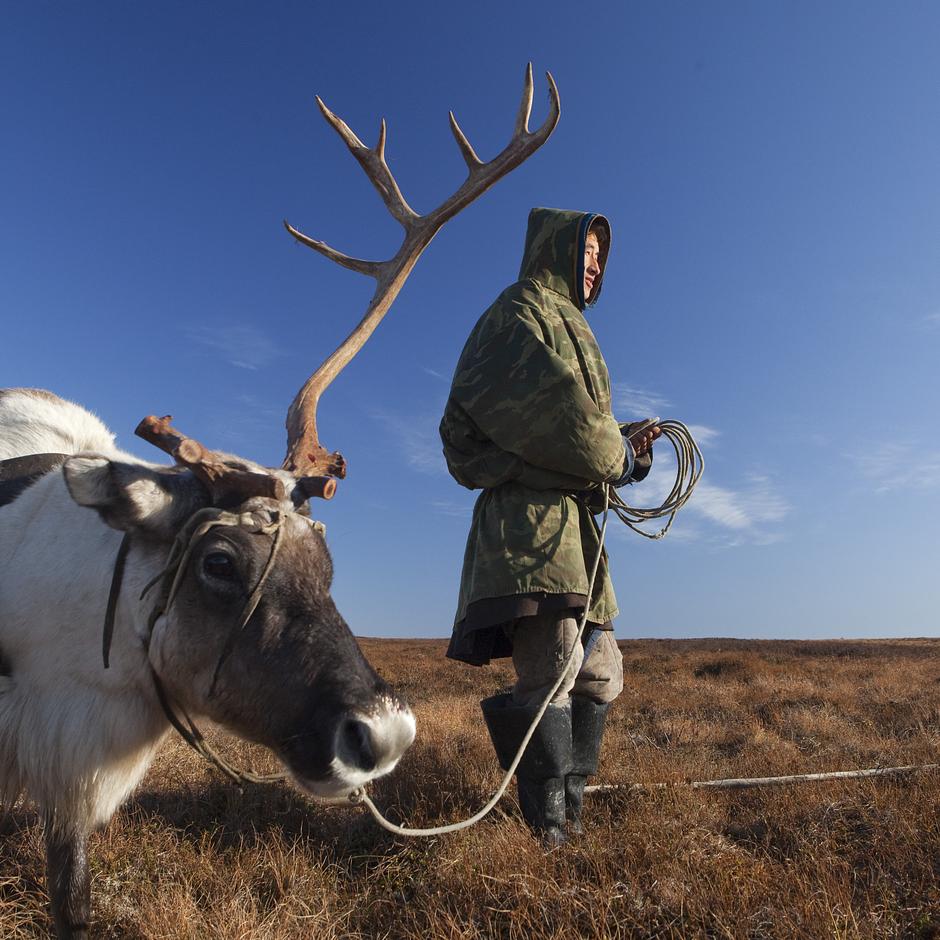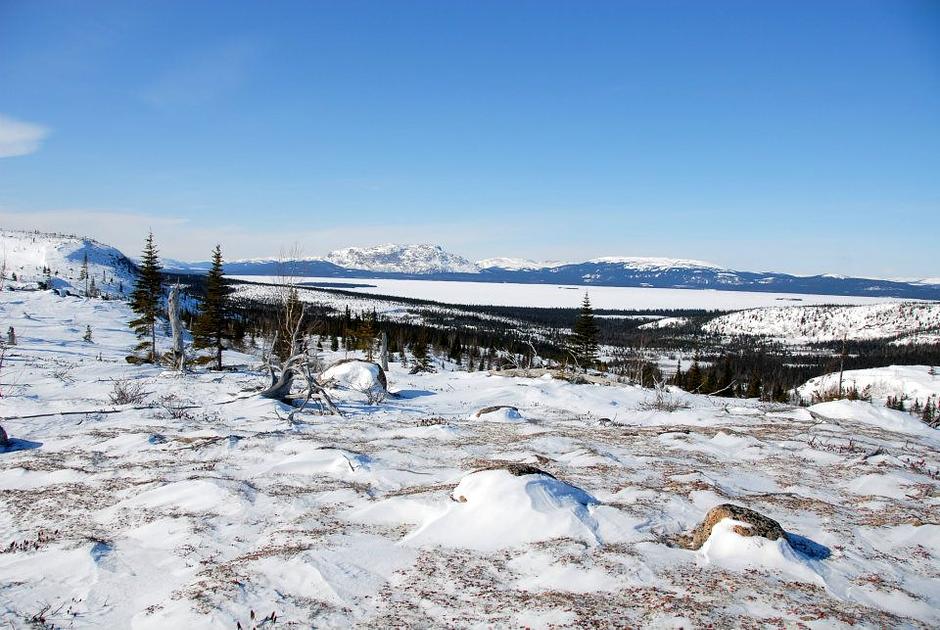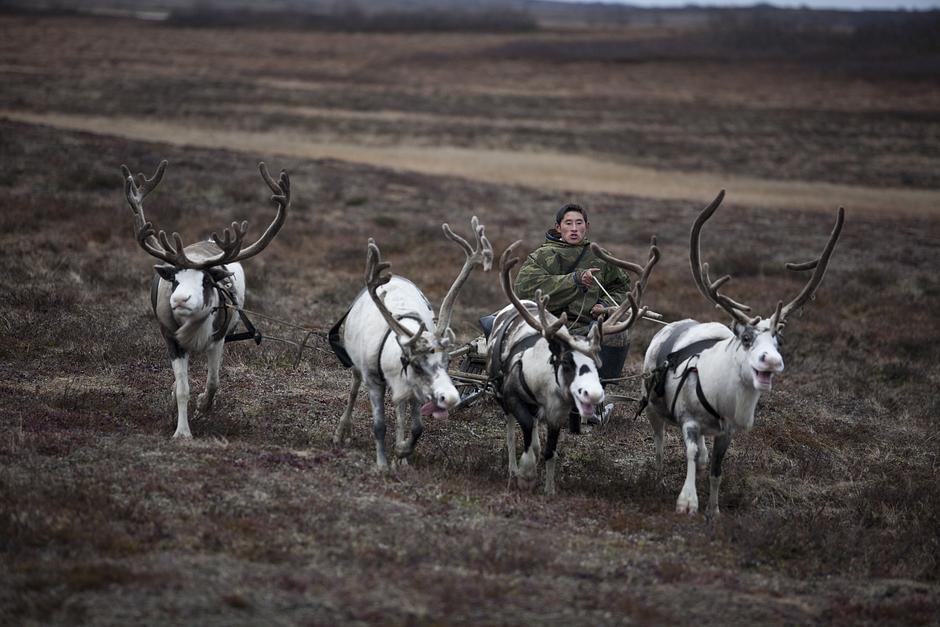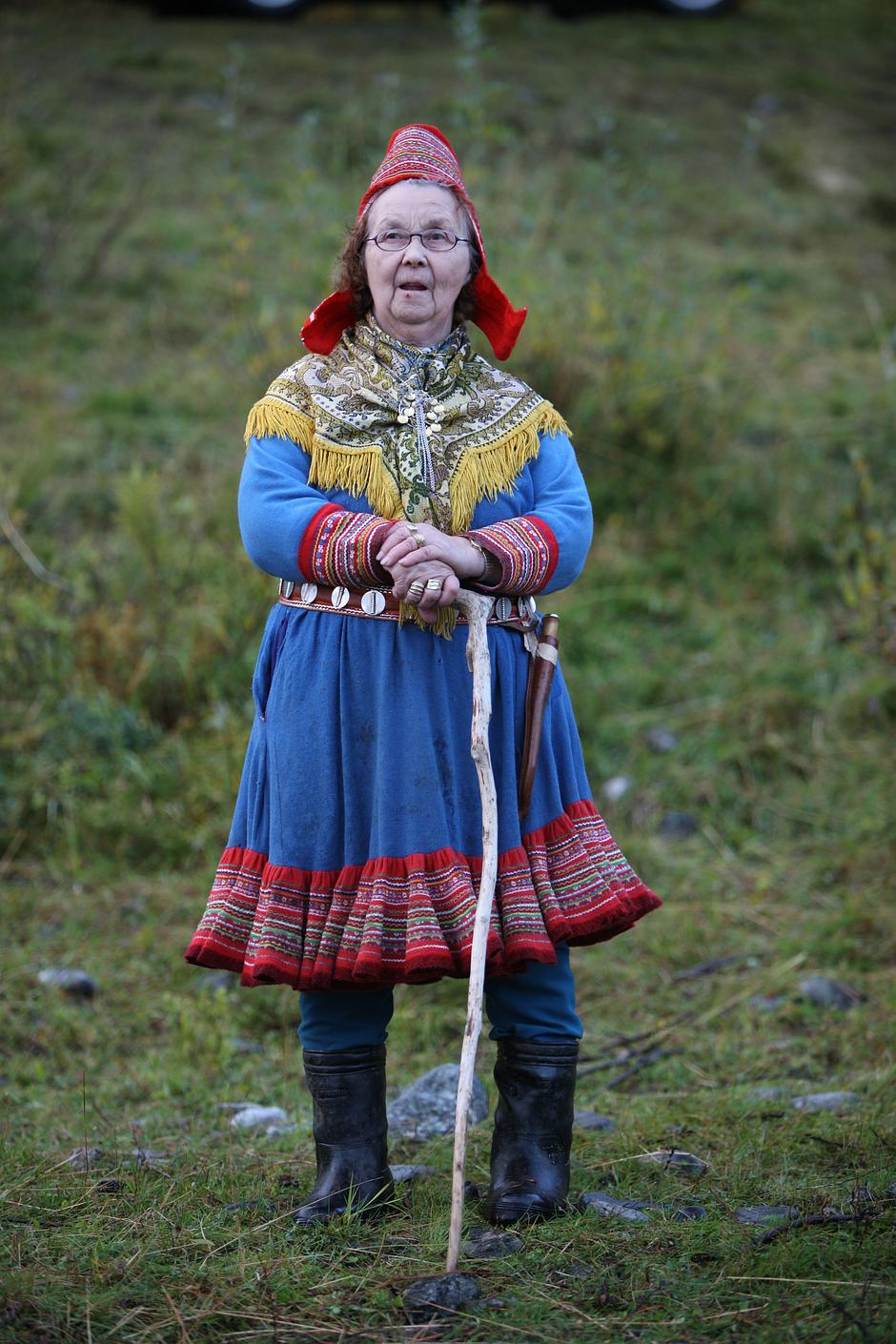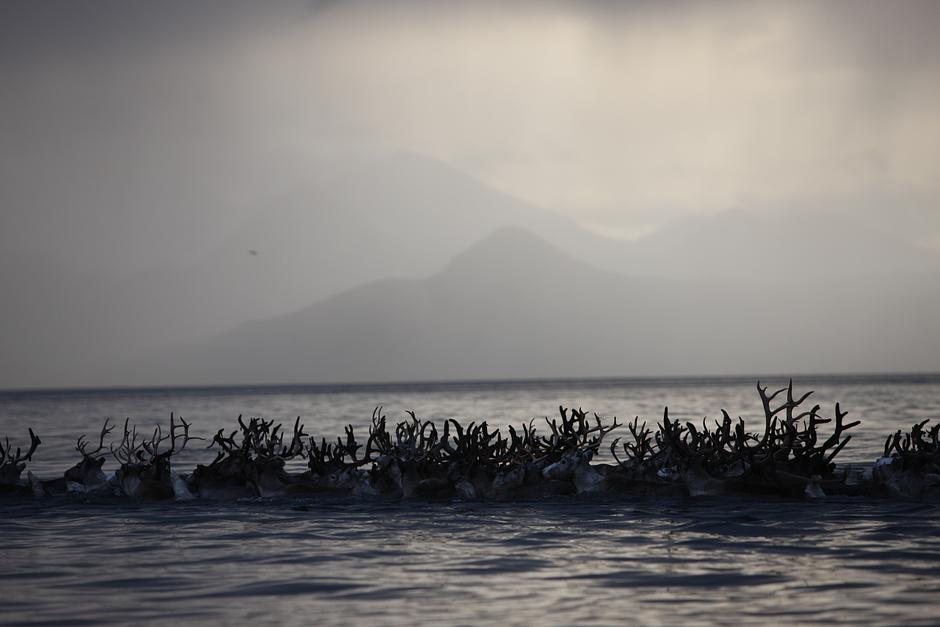People of the Reindeer
Survival International has campaigned for the rights of reindeer herding tribes for decades.
In this seasonal gallery, Survival reveals extraordinary facts about the reindeer.
Although Santa Claus has become associated with reindeer flying through the winter sky, deer have actually been associated with flying for millennia.
In Mongolia, more than 500 standing stones known as ‘deer stones’ – some up to 3,000 years old – are carved with depictions of flying deer and flowing antlers.
© Brian Dearth
The fat content of reindeer milk is 22%; six times as much as that of a cow.
© Raipon/Survival
The Eveny people believe that reindeer were created by the sky god Hövki, not only to provide food and transport on earth, but also to lift the human soul up to the sun.
They have more than 1,500 words devoted to describing the body parts, diseases, diets and moods of their reindeer.
© Subhankar Banerjee/Survival
Reindeer in Europe and Asia have sustained tribal peoples for millennia. Stalin had their shamans killed or imprisoned; the oil industry is now destroying the lichen the reindeer live on.
© Jon Spaull
Epic journey: the Nenets people of the Yamal peninsula in Siberia migrate with their reindeer for up to 1,000 kms, including a crossing of the frozen Ob River.
The Nenets use reindeer skin to make clothes. A Nenets man wears a ‘malitsa’ which is made of around 4 reindeer skins, while women wear a ‘yagushka’ which is made from 8 reindeer skins. Both wear hip-high reindeer-skin boots which they stuff with sedge grass for extra warmth.
Waste not want not? No part of the caribou is wasted: the Innu people of north-eastern Canada have lived on their land for approximately 8,000 years following and hunting the vast herds of migrating caribou (reindeer).
They must share caribou meat and carefully preserve the leg bones; throwing them away is disrespectful to kanipinikat sikueu, the ‘Master’ spirit of the caribou.
Antlers are hung high in the trees as a mark of respect.
© Joanna Eede/Survival
In Innu mythology, an Innu man goes to live with the caribou, marries a female member of the herd, and is transformed into one himself, becoming in the process the Caribou Master, who provides the Innu with caribou.
© Alex Andrew
Reindeer can regulate their body temperature by reducing the blood temperature in their legs and drawing heat up into their core. The antlers, which are shed and regrown annually, are one of the fastest growing non-cancerous tissues known to science.
© Raipon/Survival
The chosen one: every Nenets herder has a sacred reindeer, which must not be harnessed or slaughtered until it is no longer able to walk.
A Sámi woman surveys her reindeer herd.
In 1898, over 100 Sámi herders and 500 reindeer set sail in a winter storm from a northern seaport in Norway. The ship, ‘The Manitoban’, had enough moss to sustain the deer during her Atlantic crossing to New York City.
Three weeks later, having docked in New York City, the herders and their reindeer journeyed west across the Rockies, towards Alaska.
They were part of ‘The Reindeer Project’; the historic introduction of reindeer herding and husbandry to the Inupiat people of Alaska, that the Siberian Chuckchi people had helped to initiate several years before.
© Jason Roberts
Every autumn, hundreds of Sámi reindeer power their way through the freezing waters of Norway’s Kågsundet fjord, during their annual migration.
It takes a week for the entire herd to swim between the summer pastures of Arnøy island and the wintering grounds on the mainland.
© Jason Roberts/Jason Roberts productions
Other galleries
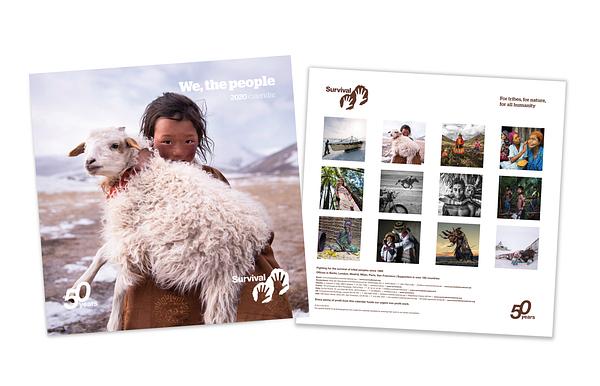
“We, the People” 2020 Calendar
Discover a new tribal portrait each month with the Survival International “We...
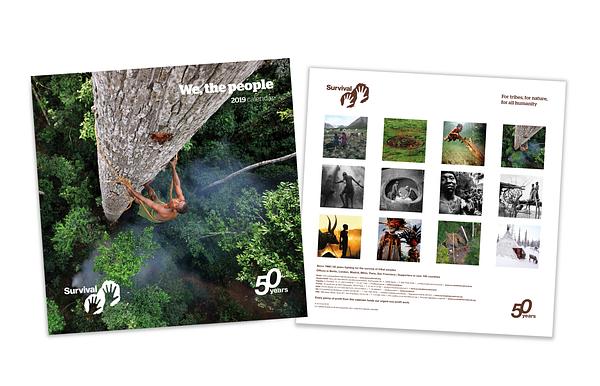
“We, the People” 2019 - The 50th anniversary Calendar
Our “We, The People” 50th Anniversary Calendar features stunning portraits of...
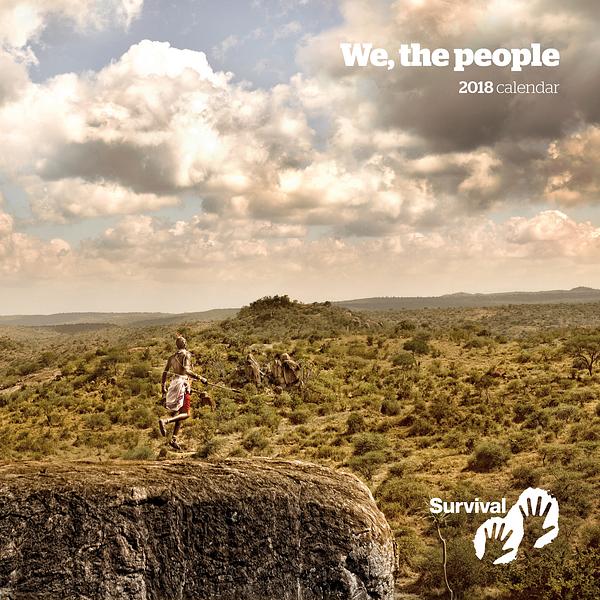
"We, the People" 2018 Calendar
Discover a new tribal portrait each month with the Survival International "We...

